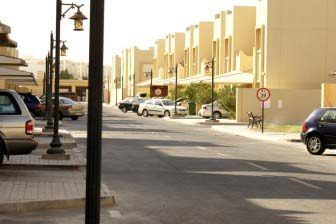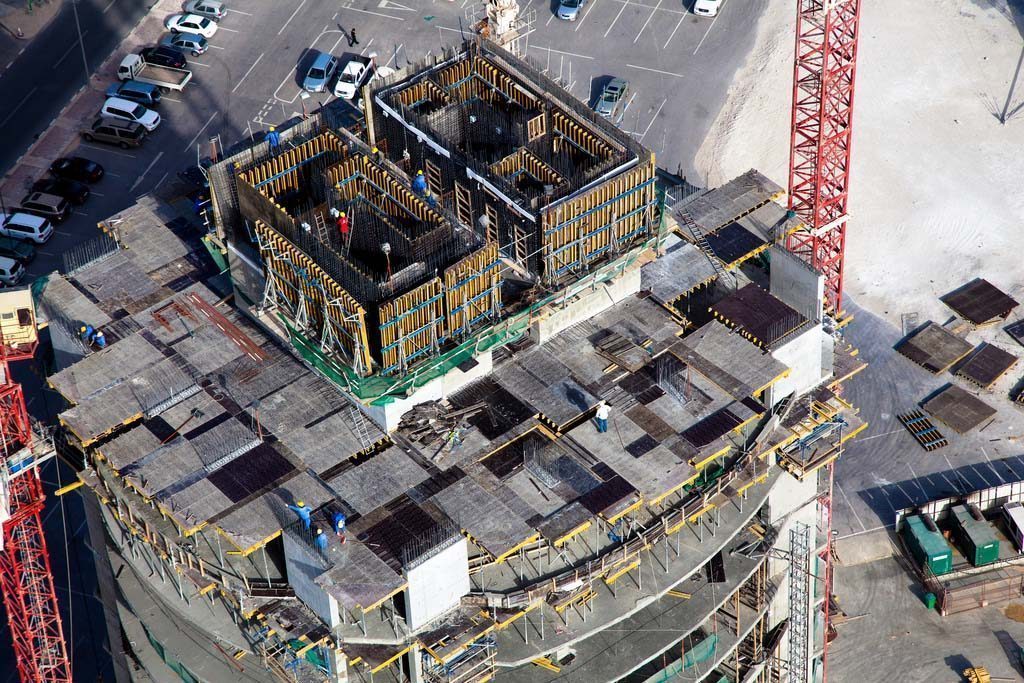
More high-end housing options in Qatar are expected to become available in the coming year, but homes geared toward middle-class families will continue to be in short supply, real estate firm DTZ has said.
In its latest report, the firm said that more than 700 new units in Porto Arabia on the Pearl-Qatar are set to be handed over to homebuyers early this year, adding new supply to the nation’s strained housing market.
The three new towers – which DTZ said likely still need to be approved by Civil Defense before they can be occupied – are part of Qatar’s growing stock of luxury homes, which is increasing at a faster rate than the supply of mid-range residential accommodations.
These market dynamics mean middle-class tenants are likely to continue facing rent increases above the rate inflation in the coming months, DTZ said. Johnny Archer, the associate director of DTZ Qatar, added in statement:
“With Qatar’s population growth set to increase by over 7 percent per annum in the coming years, the real estate market will need to expand more quickly to keep pace and avoid overheating the market.”
More affordable homes needed

The real estate firm said developers are constructing an inadequate number of affordable homes to keep pace with demand. DTZ highlighted family accommodations – namely four and five-bedroom villas – as in particularly short supply.
The firm estimates that the number of prime residential units, such as those located in the Pearl-Qatar and West Bay/Dafna, would increase by 40 percent over the next 12 months. By comparison, the number of homes geared towards middle-income residents is anticipated to grow by 12 percent.
The DTZ report is the latest bit of grim news for tenants in Qatar who are seeing rental costs consume an ever-growing share of their monthly income.
Late last year, another real estate firm – Colliers International – found that the average expat household in Qatar is spending more than a third of its annual income on rent. That suggests that the city’s housing market is becoming unaffordable for many residents.
Like DTZ, Colliers concluded that developers are not building enough low and mid-cost housing to keep up with Qatar’s rapidly expanding population.

Anecdotally, many residents say they are facing steep rent increases as their leases turn over. Last week, tenants in The Park Residences – a neighborhood within Barwa City – told Doha News that their rent would be going up by thousands of riyals a month as their landlord phased out the promotional rates used to attract initial residents to the new community.
And officially, government statistics show that rent rates – which are lumped in with fuel and energy prices – increased 7.3 percent year-over-year in December.
Hotels to be ‘tested’
Other highlights of DTZ’s report include:
- The supply of office space in West Bay and Lusail is set to jump 18 percent, or 300,000 square meters, to approximately 1.94 million square meters by the end of the year. While no specific buildings were mentioned, the World Trade Center Doha – which reportedly contains nearly 142,000 square meters – appears to be nearly ready for occupancy. DTZ said that government-related entities have been responsible for most of the leasing activity over the last year and that the new supply will push vacancy rates above the current 9 percent;
- Despite the strong performance by Qatar’s hospitality sector in 2014, local hotels will be under pressure in the coming years as some 4,000 new rooms hit the market in 2015-16. Occupancy levels are likely to be “tested” in the medium term as new hotels are constructed to meet the country’s obligations to build tens of thousands of new hotel rooms ahead of the 2022 World Cup;
- There are nine malls currently under construction that, once completed, will nearly triple Qatar’s current supply of 590,000 square meters of retail space.
Here’s a copy of the full report:
Thoughts?







